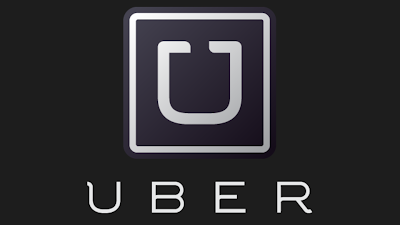“Google search works same whether you are a professor at Harvard or a kid in a rural India.” This is what Sundar Pichai said after he took over Google as a CEO. Nobody summed up what internet is all about better than this. Internet is a great equaliser!
Fire and wheel are said to be the biggest revolutions of mankind. For me Internet falls on the same league. Internet in one way is really transforming the way we communicate. Cards are not being sent anymore. We are in the world of emoticons and Stickers. While it revolutionised how we communicate, it on the way revolutionised and provided a way on how hardware should look like.
Machines are getting tinier and sleeker day by day. Moore’s law and incremental technology are helping designers achieve such awesome designs but it is internet that has transformed and informed the design process. On one hand, while internet is making everyone equal, in its quest internet is making all devices equal.
I’m saying this because there is a point where nobody brought Mac for the fact that there is no application market present for it. All the apps are designed for Windows and are supposed to be run on Windows. For Obvious reasons, Windows enjoyed network effects and a virtuous cycle - More users brought windows, so more developers built more apps for windows, so more users brought windows. Repeat. So many still are buying windows. If Mac was able to comeback and play a catch up it was only because of internet.
Now most apps are moved to the cloud. Everything is done on web. Therefore it has become evident that it is not the company that builds better operating system that wins. But it is a company that builds better web browser that wins. Its not the company that builds better hardware that wins. It is the company with better networking that wins. Development of Webkit, design choices and obviously agile movement in figuring out where the next bet should be brought Apple back. Incidentally they are the first major company to implement wireless networking in a Notebook. Had the internet not been come in to existence, Mac would have run out of business.
Business creates Technology and scales it. In this case internet has created many businesses. If we can think of great internet successes like Facebook, Google, Amazon, Uber, Airbnb or any company that has got online presence for that matter is built on a strong foundation called internet. Internet is changing the rules of marketing. It used to be TV and print. Now its all about internet and tapping that user that sees your ad.
There used to be a time where you have to possess a specific device to run specific program. When whole process is moved to the cloud, you just have a interface front end where you give commands to make things work. We are speaking of big apps being developed in iPads and iPhones. Microsoft recently said most part of the Windows 10 development was done on surface. That’s the world we are in! You previously have to possess a Macbook to develop apps for iPhone and iPad. Now that the programming language on which apps are made — Swift — is made open source, IBM put it in the cloud and all you have to do is open a browser, type in an URL and start developing great apps. You don’t have the headache of configuring the system and configuring the emulators. All you need to concentrate on is what you are good at — developing and coding!
There are three kinds of apps - Completely local, Completely web and hybrid. Apps which are standalone which mostly are games and other reference apps like dictionary are local apps that do not need internet to work. And then there are web apps which are completely web based and run on the browser. The problem with making the app completely web based is that there is a tradeoff with interaction and responsiveness. If the whole app is on the web, it obviously runs slow. Web apps, due to the speed of communications are not responsive as apps that are present in local storage. Today is the world of Hybrid apps where the most UI elements and the presentation patterns are local but the content comes from internet through APIs.
There might come a time where communications speed go to an extent where the apps on the web would be more responsive and provides a leverage to the developer that he need not concentrate on various intricacies involved in each individual Operating Systems. He can write one single program that works across all the devices and all we might need is a browser and various bookmarks.

























